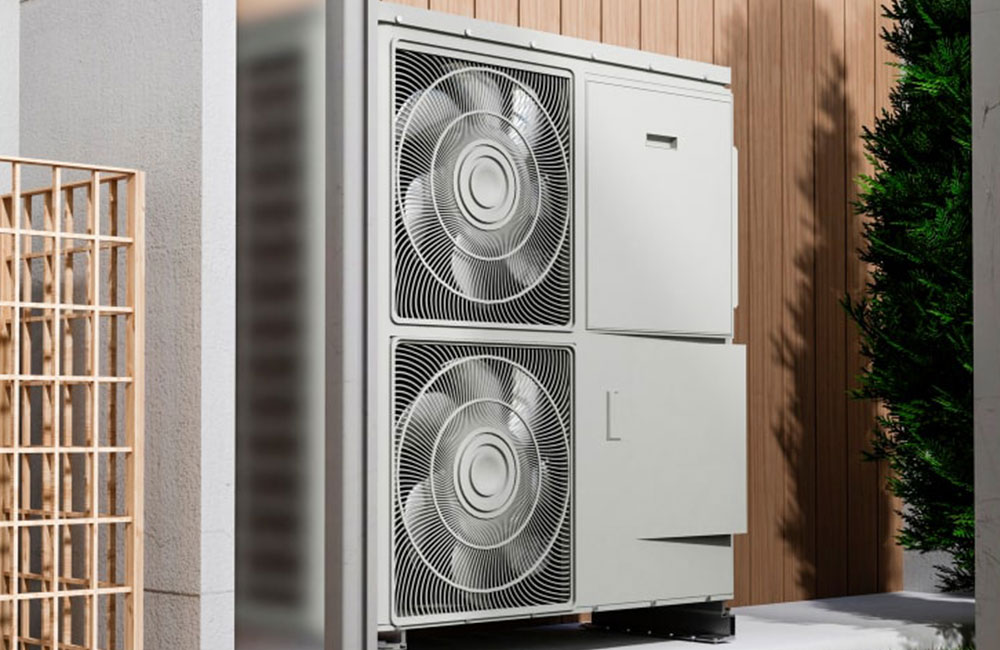What is 422B refrigerant used for?
R422B is an Environmental Protection Agency (EPA) approved, non-ozone depleting, high global warming potential (GWP), alternate with a lower total refrigerant charge for use as a refrigerant in residential and light commercial air conditioning systems. R422B can be used to completely replace R-22 refrigerant in new or existing R-22 residential and commercial air conditioning systems as well as non-flooded evaporator chillers.
422B refrigerant is a non-ozone-depleting refrigerant that is used in newer model HVAC systems.
It is a blend of two hydrofluorocarbons, R-125, R-134A, and one hydrocarbon, R600A. The primary benefit of using 422B is that it has a lower global warming potential (GWP) than R-22. This means that it has a lower impact on the environment, potentially reducing its contribution to global warming.
It also has a higher heat transfer coefficient (HTC) than R-22, making it more efficient at cooling your home or business. And since it’s not as harmful to the environment as R-22, you don’t have to worry about harming the ozone layer when using this refrigerant.
422B refrigerant is designed to be used in those systems that cannot handle the higher pressure of 410A.
It has a lower boiling point than 410A, which means it can be used in smaller equipment or in systems where you want a lower operating temperature. 422B is often used for lower-temperature applications such as supermarket freezers, air conditioners, and refrigerated transport units.
422B is sometimes confused with R22, which was its predecessor before being replaced by the cleaner alternative HFC refrigerants. R22 was a mixture of HCFCs and HFCs, whereas 422B is pure HFCs.
422B refrigerant can be used as a drop-in and retrofit refrigerant
The industry was looking for a refrigerant that could be used as a drop-in replacement for R22. They needed a refrigerant that had similar characteristics as R22 but did not contain Chlorine. So, when governments started phasing R22 out of the market, manufacturers began the process of looking for viable replacements. The industry found such a refrigerant in 422B refrigerant.
Manufacturers started using HFC refrigerants to develop blends such as R422B and R407C. HFC blends can be either a drop-in or a retrofit. Experts use these terms interchangeably, but they are different.
- A drop-in replacement is a type of refrigerant that does not require any additional changes or modifications to an existing HVAC system. If you’re making a switch from R22 to 422B, the process is simple. You remove the existing refrigerant from your system and replace it with a new 422B. You don’t need to change the lubricant or any other components in your system; just charge it up and that’s it. This makes it easy to switch to 422B quickly and with little hassle.
- On the other hand, retrofits may require you to change the oil and various system components depending on the refrigerant’s requirements. These changes can include adding an oil separator and/or a drier to your system so that it can handle the new refrigerant properly. In some cases, you may have to replace all of your connecting tubings because it was made from copper (which becomes brittle when exposed to certain gases).
Conclusion
422B Refrigerant may be relatively new, but it has already made a name for itself in the industry. 422B is often used to replace the more well-known refrigerants like R22 because of its improved efficiency and environmental friendliness. As you can see from this article, 422B refrigerant can be a great fit for your home’s cooling needs. You must stay up-to-date on any new research that comes out about its effectiveness, however. As an alternative to using HCFCs and HFCs, 422B could be one of the best options for you—as long as you’re careful to use it properly.
If you are looking for an R442B refrigerant to replace your system, Absolute Refrigerants has a full range of products for your needs, they offer delivery across the US and high-quality customer service. What’s more, they’ve got the best prices around!
source https://www.absoluterefrigerants.com/what-is-422b-refrigerant-used-for/

No comments:
Post a Comment